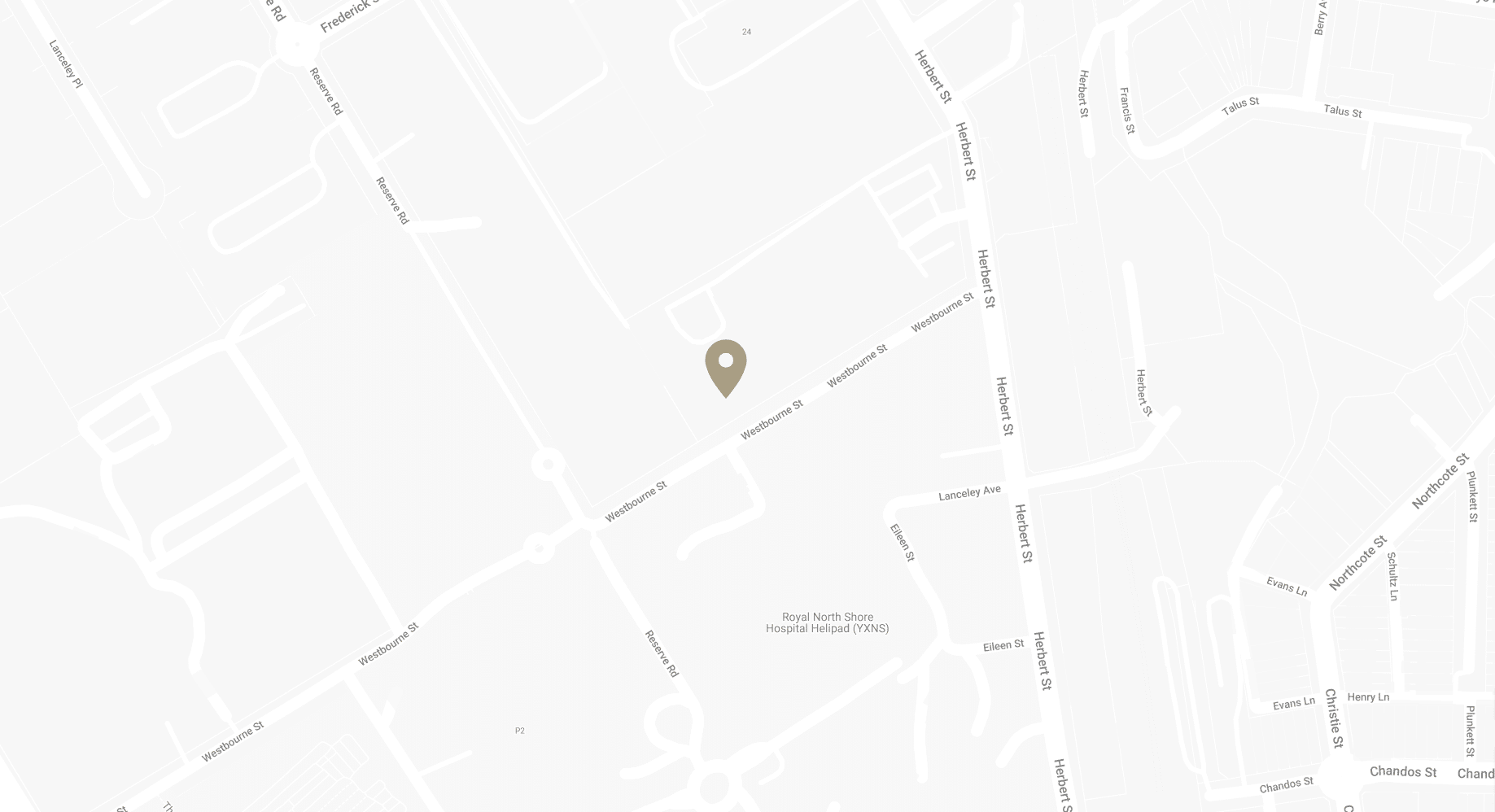Addressing Breast Volume Loss after Weight Loss
Breast volume loss after weight loss is a common concern for many individuals. Understanding why this happens requires a look at the anatomy of the breasts and the effects of weight loss on the body.
In this blog, Sydney Specialist Plastic Surgeon Dr Bish Soliman will explore the topic of breast volume loss after considerable weight loss.
Download Dr Bish Soliman Cosmetic Breast Surgery Guide

Breast Composition
Breast composition is a fascinating and complex aspect of human anatomy that directly correlates with changes in body weight. The breasts are not just a single type of tissue but a composite of various tissues, each responding differently to the body’s hormonal and caloric balance. Here’s a deeper dive into how weight gain and weight loss can affect breast composition:
Glandular Tissue
Glandular tissue, also known as mammary glands, is specialised tissue that is involved in milk production. This tissue is relatively stable in volume and does not fluctuate significantly with changes in body weight in non-lactating women. However, during pregnancy and lactation, hormonal changes can cause these glands to enlarge as they prepare for and engage in milk production.
Fatty Tissue
Fatty tissue within the breasts serves as a storage depot for fat and is the primary contributor to the size and shape of the breasts. This is the component that is most affected by weight fluctuations:
- Weight Gain: When you gain weight, your body stores excess calories as fat. Since the breasts contain a substantial amount of fatty tissue, they are one of the areas where this fat can accumulate. This can lead to an increase in breast size. However, it’s important to note that not all individuals will experience significant changes in breast size with weight gain, as genetics also play a role in fat distribution.
- Weight Loss: Conversely, when you lose weight, the body uses stored fat for energy. The breasts, being partly composed of fat, can decrease in size as this fat is metabolised. The extent of size reduction can vary widely among individuals.
Connective Tissue and Ligaments
Connective tissue and ligaments, such as Cooper’s ligaments, provide structural support to the breasts. They help maintain shape and prevent sagging. These tissues are not directly affected by fat loss or gain in the same way that fatty tissue is, but they can be indirectly affected by significant or rapid changes in weight:
- Weight Gain: With weight gain, the additional fat can put more strain on the connective tissues and ligaments, sometimes leading to stretching. If the weight gain is rapid or substantial, these tissues may not be able to provide adequate support, which can lead to changes in breast shape and an increase in sagging.
- Weight Loss: During weight loss, especially if it’s rapid, the skin and connective tissues may not retract fully to the smaller size of the breast, leading to a sagging appearance. This is more pronounced in cases of massive weight loss or in older individuals where skin elasticity is reduced.
How Weight Loss Affects Breast Size
When you lose weight, you’re reducing the amount of fat in your entire body. Since fatty tissue makes up a significant portion of breast composition, weight loss can lead to a decrease in breast size. Here’s why:
- Overall Body Fat Reduction: Weight loss generally occurs uniformly throughout the body. Although you can target muscle groups with specific exercises, you can’t target where you lose fat. As the body burns more calories than it consumes, it turns to fat stores for energy, which includes the fat in the breasts.
- Hormonal Changes: Weight loss, especially if it’s rapid or significant, can lead to hormonal changes that may impact breast size. Oestrogen, a hormone that influences breast size, is stored in fat cells. Losing a lot of fat can, therefore, lower oestrogen levels, potentially leading to a reduction in breast tissue.
- Skin Elasticity: Rapid weight loss can affect skin elasticity. If the skin around the breasts doesn’t retract as the fat diminishes, it can lead to a sagging appearance, which may be perceived as a loss of volume.
- Ageing: As you age, glandular tissue in breasts is replaced by fat. Older adults who lose weight may notice more pronounced breast volume loss because they have a higher proportion of fatty tissue in their breasts.
Factors That Influence Breast Volume Loss
Several factors can influence how much breast volume you lose during weight loss:
- Genetics: Your genes play a significant role in determining where you lose fat first and how your breasts will change with weight loss.
- Amount of Weight Lost: The more weight you lose, the more likely you are to see a change in breast size.
- Speed of Weight Loss: Losing weight gradually allows your skin more time to adjust to the changes in your body, which can minimise volume loss.
- Age and Skin Elasticity: Younger skin tends to be more elastic and may recover better from changes in size.
- Lifestyle Factors: Nutrition, hydration, and habits like smoking can affect skin elasticity and overall breast appearance.
Coping with Changes
If breast volume loss is a concern, there are ways to cope with the changes:
- Strength Training: Exercises that target the chest muscles, like push-ups or chest presses, can improve the appearance of the breasts by enhancing the muscles underneath.
- Proper Nutrition: A diet rich in proteins, vitamins, and minerals can support skin health and overall body composition.
- Gradual Weight Loss: Losing weight at a slow, steady rate can give your skin time to adjust and potentially minimise volume loss.
- Supportive Clothing: Well-fitted bras can provide support and enhance the appearance of the breasts.
- Breast Surgery: Breast augmentation surgery or Mastopexy (breast lift) can be performed to correct the loss of volume for patients interested in long term solutions.
Surgical Solutions for Breasts that Lack Volume after Weight Loss
After significant weight loss, many individuals may find that their breasts have lost volume and appear deflated or saggy. For those seeking to restore breast volume or improve breast shape, there are several surgical options available. Here’s an overview of the most common procedures:
Breast Augmentation
Breast augmentation, also known as augmentation mammoplasty, involves using implants to increase the size and alter the shape of the breasts. This procedure can add volume and create a more rounded breast shape.
- Implants: There are two main types of breast implants—silicone and saline. Silicone implants are filled with silicone gel, which feels a bit more like natural breast tissue. Saline implants are filled with sterile salt water and can be adjusted for size during surgery.
- Fat Transfer: Another augmentation option is autologous fat transfer, which involves taking fat from another part of the body (like the thighs or abdomen) and injecting it into the breasts. This can be a good option for those looking for a modest increase in breast size and a more subtle result.
Breast Lift (Mastopexy)
A breast lift, or mastopexy, is a procedure to raise and tighten the breasts by removing excess skin and the surrounding tissue. This surgery can correct drooping or sagging but doesn’t significantly change the size of the breasts.
- Techniques: There are various techniques for a breast lift, including the “anchor” lift, “lollipop” lift, or “donut” lift, each named for the pattern of incisions used. The appropriate technique depends on the individual’s anatomy and the degree of lift required.
Breast Augmentation with Lift
For those who have lost a significant amount of breast volume and also experience sagging, a combination of breast augmentation and lift might be recommended. This procedure can increase breast size and also address any drooping or sagging, providing a fuller breast contour.
Considerations before Breast Surgery
- Consultation: A thorough consultation with Dr Bish Soliman is essential. Dr Soliman will evaluate your health, discuss your goals, and explain the options, including the risks and benefits of each procedure.
- Expectations: It’s important to have realistic expectations. Surgery can change your appearance, but it won’t necessarily match your ideal image.
- Recovery: Each procedure comes with a different recovery timeline and set of post-operative instructions. Patients should be prepared for downtime and a period of limited activity.
- Costs: Cosmetic surgeries can be expensive and are often not covered by insurance. It’s important to consider the financial investment and potential need for future surgeries (for example, implant replacement).
- Risks: As with any surgery, there are risks involved, including complications related to anaesthesia, infection, scarring, and dissatisfaction with the results.
FAQs about Breasts after Weight Loss
Why do my breasts look smaller after I lose weight?
- Breasts are composed partly of fatty tissue, so when you lose weight, you also lose fat from your breasts. This can make your breasts appear smaller. The extent of size reduction varies from person to person and depends on the amount of fatty tissue relative to glandular tissue in your breasts.
Can exercise help restore breast volume lost after weight loss?
- Exercise can help strengthen the muscles underneath the breasts, particularly the pectoral muscles, which can improve the overall appearance of your breasts by making them appear more lifted. However, exercise will not restore the fatty tissue lost from the breasts, so it won’t increase breast volume.
Will my breasts regain volume if I gain back the weight?
- It’s possible that your breasts will regain some volume if you gain weight, as the body may redistribute fat back to the breast area. But the amount regained can vary, and the overall shape of the breasts may not be the same as before weight loss due to changes in skin elasticity and other factors.
Is it normal for breasts to sag after losing a lot of weight?
- Yes, it’s normal for breasts to sag after significant weight loss. When you lose fat, the skin around your breasts may not shrink back completely if it has been stretched, especially if the weight loss is rapid. This can lead to a sagging appearance, which is also influenced by factors like age, genetics, and whether you’ve had children.
Are there non-surgical ways to improve the appearance of my breasts after weight loss?
- There are non-surgical approaches that can help improve the appearance of your breasts. These include strength training to build up the chest muscles, wearing supportive and well-fitted bras, and maintaining a stable weight to prevent further changes in breast size. Keep in mind that an efficient solution to alter the appearance of the breasts after weight loss is a plastic surgery intervention – either a breast augmentation or a breast lift with implants.
What are my surgical options if I’m unhappy with my breasts after weight loss?
- If you’re considering surgical options to address changes in your breasts after weight loss, you have several choices. Breast augmentation can add volume, while a breast lift can address sagging. Sometimes, a combination of augmentation and lift is performed for a more comprehensive enhancement. It’s important to consult with Dr Soliman to discuss the best option for your specific needs and goals.
Further Reading about Breast Surgery with Dr Bish Soliman
- Read Dr Soliman’s Breast Augmentation Surgery Page
- Read Dr Soliman’s Breast Lift Surgery Page
- Read Dr Soliman’s Blog about Perfect Breasts – The Pursuit of Aesthetic Excellence
- Read Dr Soliman’s Blog about What Is the Best Breast Implant Placement?
- Read Dr Soliman’s Blog about Bra Cup Sizes related to Breast Implant Sizes
- Read Dr Soliman’s Blog about Things to Pack in Your Hospital Bag for Cosmetic or Plastic Surgery



